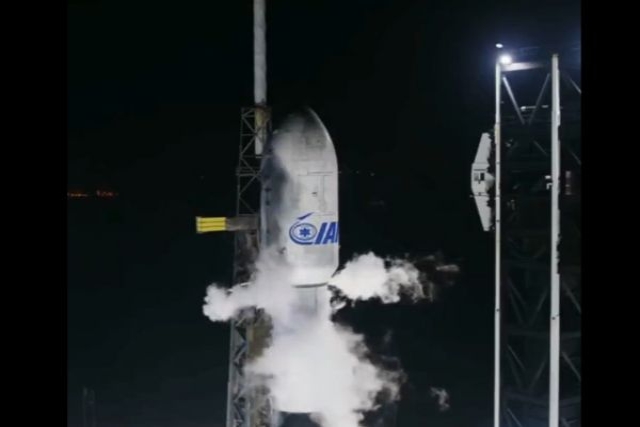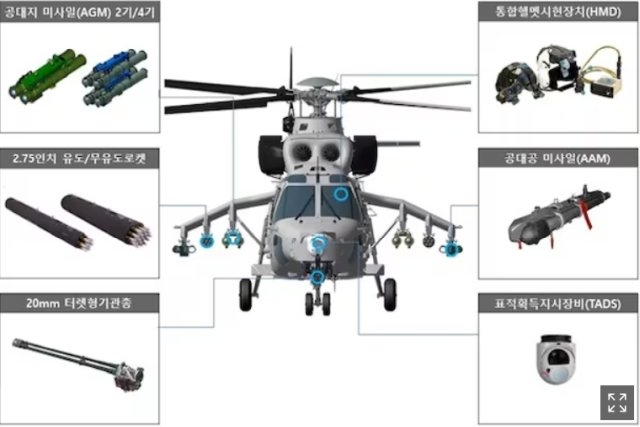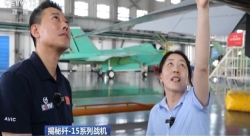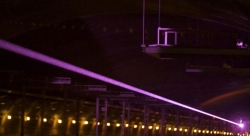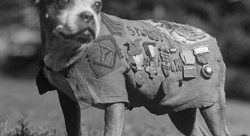Detecting Dirty Bomb Material with ESA Gamma-Ray Technology
Thanks to ESA and UK technology transfer support, a British company has developed a device based on the gamma-ray detection equipment used in ESAs Integral astronomy satellite to detect and identify the radioactive material mixed with conventional explosives in dirty bombs.>> ESA has supported the development of technology for gamma-ray astronomy for more than 40 years. Integral, ESAs International Gamma-Ray Astrophysics Laboratory launched in 2002, is now detecting some of the most energetic radiation to be found in space, such as that from gamma-ray bursts, supernovas and black holes in the Milky Way and distant galaxies at the edge of the observable Universe.>> This same technology is now being used by the company to develop and commercialise radiation detection and identification technology. The company was formed in 2002 and with support from the UK technology transfer initiative and ESAs Technology Transfer Programme Office it was put in contact with a world-leading provider of explosives trace and X-ray detection systems.>> Most radioactive sources produce gamma rays of various energies and intensities. By detecting and analysing them, a gamma-energy spectrum can be produced a kind of radiation fingerprint to identify the substance and the quantity.>> In 2006, the companies partnership led to a contract from the Domestic Nuclear Detection Office of the US Department of Homeland Security for a next-generation radiation gamma-ray detection and identification system. The contract has a potential total value, including options, of US$222 million (140 million).
